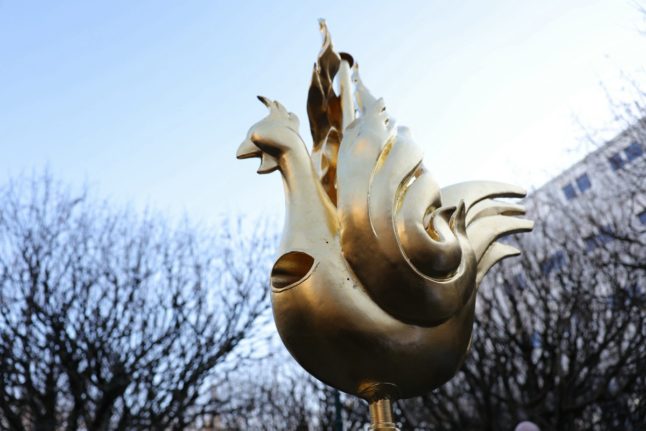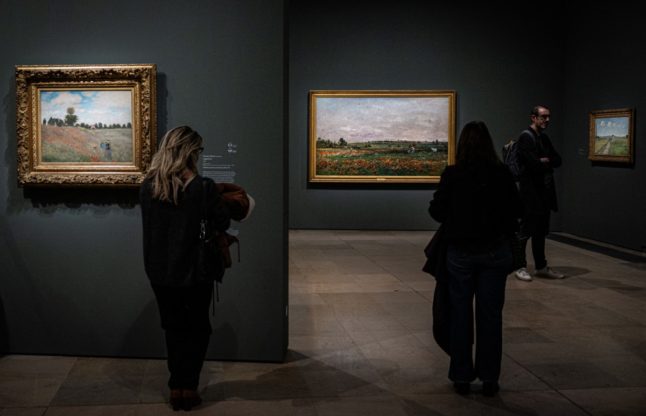Paris’s Notre Dame Cathedral got a new golden rooster on Saturday, part of its renaissance from the ashes of the 2019 fire that severely damaged it, and ahead of its reopening next year.
The artefact was blessed by the archbishop of Paris Laurent Ulrich before being lifted into place on the cathedral spire 96 metres (104 yards) high, in blue skies and winter sunshine.
The new rooster, designed by Philippe Villeneuve, one of the architects leading the restoration of the cathedral, replaces the original, which was too damaged by the fire to be saved.
Villeneuve said the new rooster’s “wings of fire” were a reminder that “the cathedral can be reborn from the ashes, like a phoenix”.
In the Christian faith, the rooster symbolises the return of light after night-time. It is also one of the symbols of France, found on the strips of the national football and rugby teams, among others.
The new rooster also contains relics saved from the April 15, 2019 cathedral fire, and a sealed document with the names of those who worked on its reconstruction.
The restoration and rebuilding project has been “an unparalleled human adventure”, said Philippe Jost, president of the Rebuilding Notre-Dame de Paris public body.
French President Emmanuel Macron visited the cathedral on December 8, a year to the day before its planned reopening, to which he intends to invite Pope Francis.
Macron had initially promised to have Notre Dame restored within five years, in time for the Paris Olympics next summer.
But after early setbacks in the rebuilding effort, he set a new deadline.
Cause of fire still unknown
But after early setbacks in the rebuilding effort, he set a new deadline.
This month has seen key developments in the restoration efforts.
On December 6, the cathedral regained its great cross, affixed to the top of its spire, the silhouette of which can be seen behind the scaffolding.
The next stage is to cover the spire in lead, a material that has given rise to much debate, but Jost recently sought to reassure the French parliament’s cultural affairs committee over the plan.
He explained that “the lead cloud which appeared in the sky following the fire, which gave rise to much controversy and complaints from local residents, “did not cause any visible contamination”.
Jost has also promised an innovative fire-fighting system for the cathedral.
Four and a half years after the disaster, the cause of the fire is still being investigated.
Restoration of the UNESCO-listed building, which had 12 million visitors a year, has hit several snags since people around the world watched aghast as its steeple crashed down in the blaze on April 15, 2019.
Since then, more than 848 million euros has been raised from donations towards its restoration.
The plan is that, once reopened, the cathedral will be able to receive 14 million visitors a year.
That would be two million more than were able to visit before the fire happened.



 Please whitelist us to continue reading.
Please whitelist us to continue reading.
Member comments